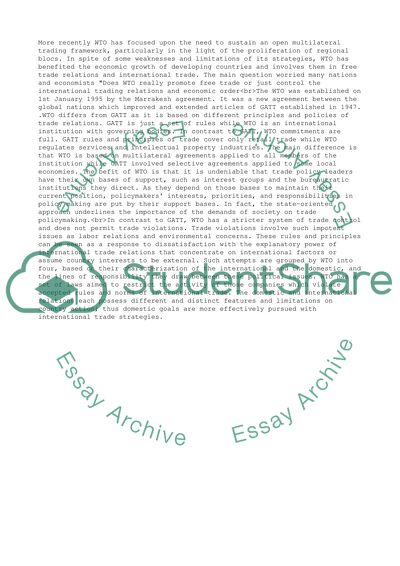Cite this document
(“The Economic Growth of Developing Countries Assignment”, n.d.)
The Economic Growth of Developing Countries Assignment. Retrieved from https://studentshare.org/business/1510596-world-trade-organization-essay
The Economic Growth of Developing Countries Assignment. Retrieved from https://studentshare.org/business/1510596-world-trade-organization-essay
(The Economic Growth of Developing Countries Assignment)
The Economic Growth of Developing Countries Assignment. https://studentshare.org/business/1510596-world-trade-organization-essay.
The Economic Growth of Developing Countries Assignment. https://studentshare.org/business/1510596-world-trade-organization-essay.
“The Economic Growth of Developing Countries Assignment”, n.d. https://studentshare.org/business/1510596-world-trade-organization-essay.


